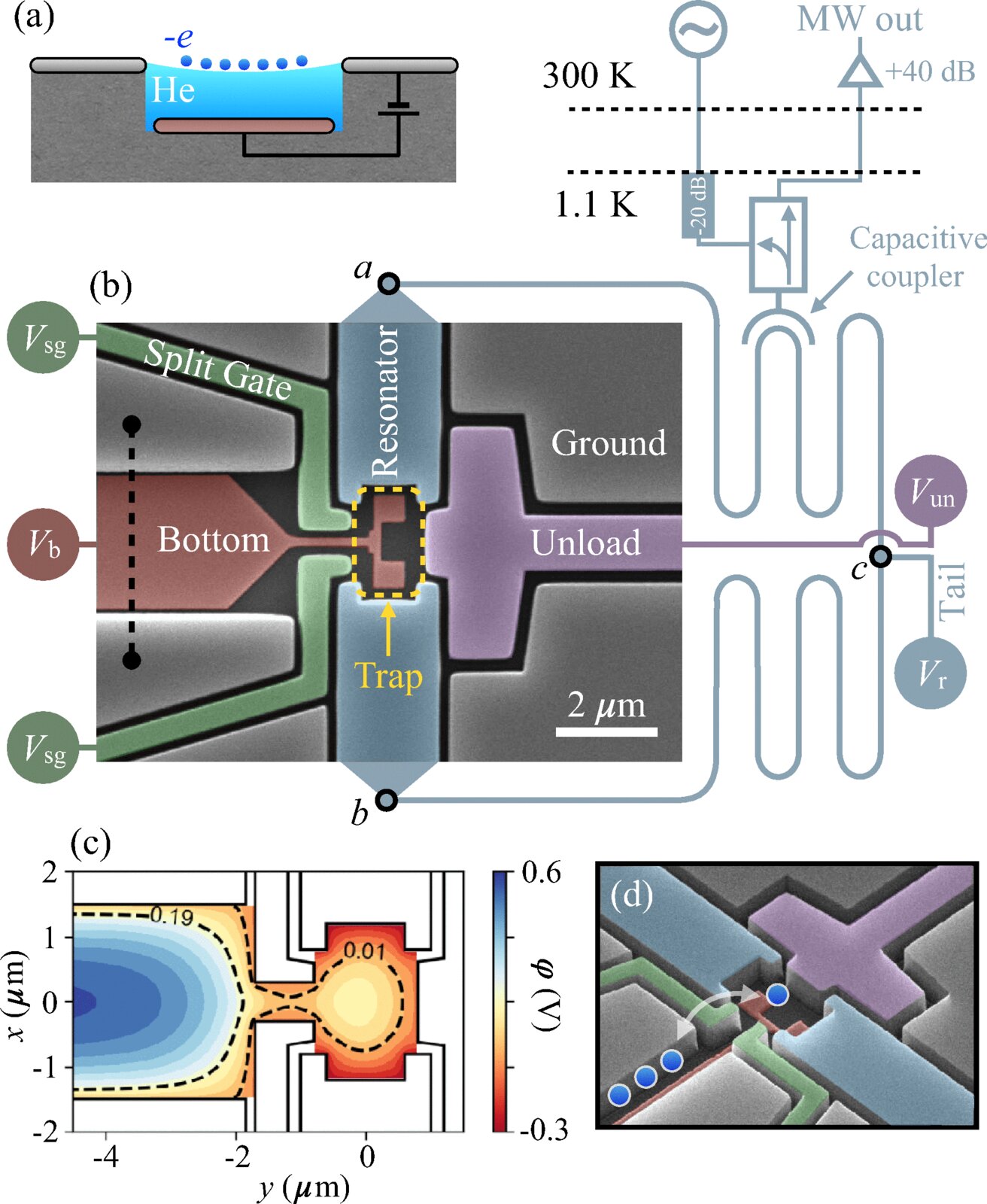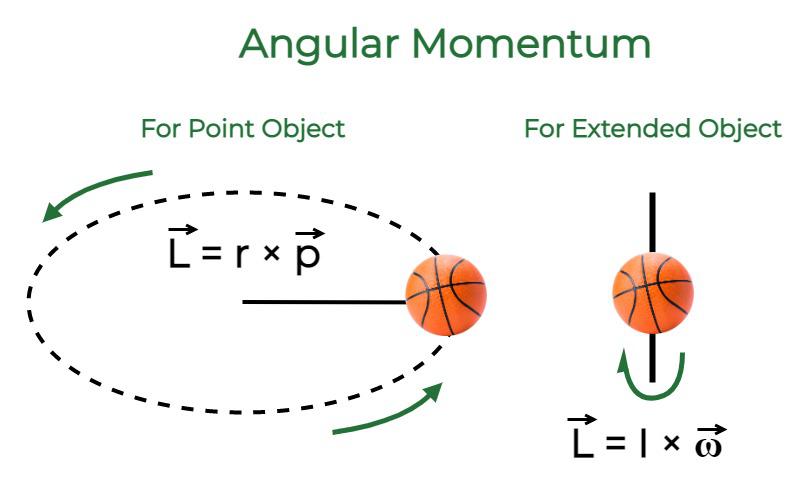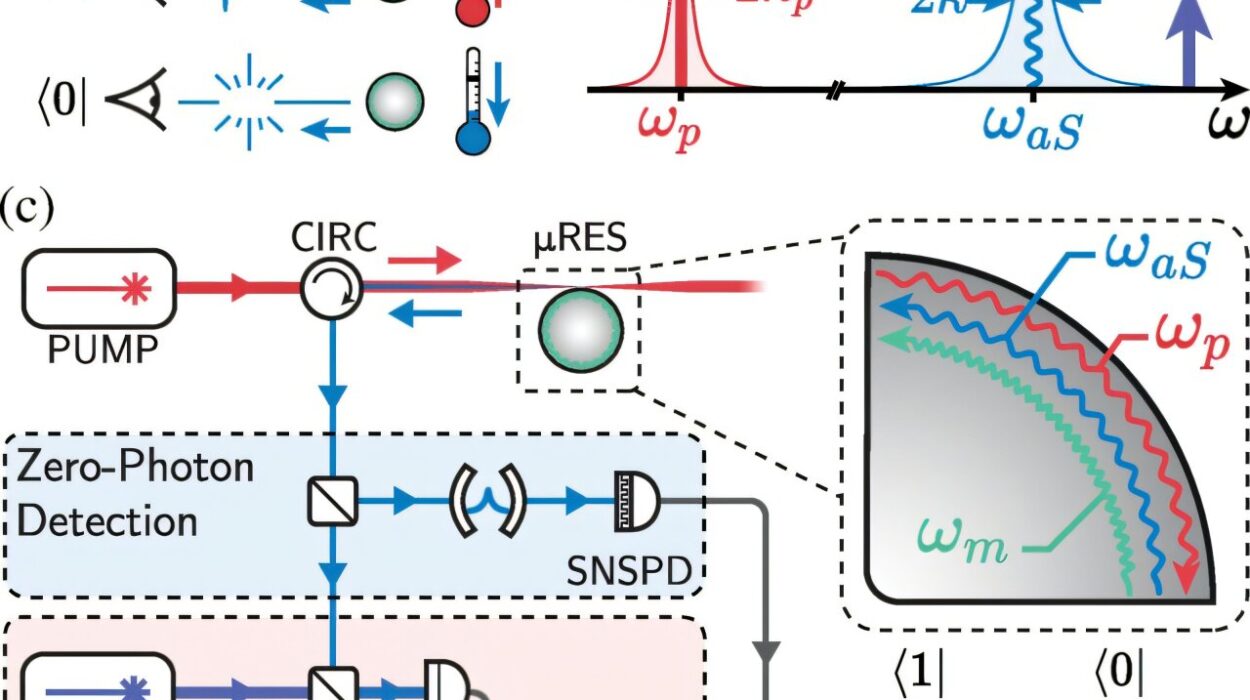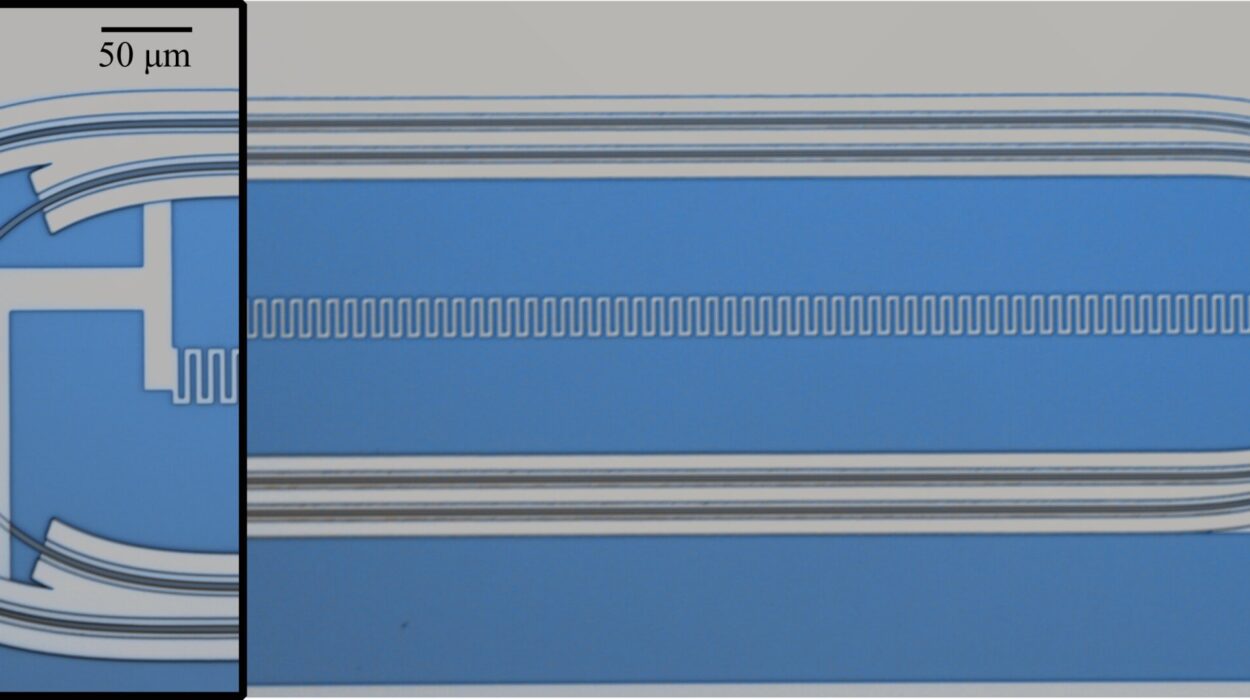Quantum computing has always lived in the cold. Deep inside metal chambers chilled to near absolute zero, quantum processors perform calculations that classical computers could never hope to match. The frigid temperatures — often just a few thousandths of a degree above absolute zero — are necessary to keep quantum bits, or qubits, stable long enough to perform their delicate operations.
But this icy requirement has also been quantum computing’s greatest obstacle. Cooling a processor to 10 millikelvin demands complex, expensive cryogenic systems that limit scalability and consume enormous energy. For years, physicists have asked: Can quantum computers work in warmer conditions?
Now, researchers at EeroQ, a pioneering quantum computing company based in Chicago, have brought us a step closer to answering “yes.” Their newly published paper, “Sensing and Control of Single Trapped Electrons Above 1 Kelvin,” in Physical Review X details a milestone that could reshape the entire field. For the first time, scientists have successfully controlled and detected individual electrons trapped on superfluid helium at temperatures above 1 Kelvin — more than 100 times warmer than conventional quantum processors.
It’s not just a technical achievement. It’s a reimagining of what’s possible in quantum technology.
The Fragile Dance of Quantum Bits
To understand why this matters, it helps to know how quantum computers work. Unlike classical computers, which use bits that represent either a 0 or a 1, quantum computers use qubits that can exist in both states simultaneously thanks to the phenomenon of superposition. This allows quantum computers to perform massive parallel calculations that could revolutionize everything from drug discovery to cryptography.
However, qubits are fragile. The slightest vibration, stray photon, or bit of heat can disrupt their quantum state — a problem known as decoherence. To protect qubits, scientists have gone to extremes: superconducting circuits and ion traps cooled with liquid helium to just a few millikelvin above absolute zero.
These conditions are not just cold — they are among the coldest temperatures ever achieved in nature. Scaling up quantum computers under such constraints is daunting. Each additional qubit increases the demand for cooling power and precision, making it nearly impossible to build large, stable systems.
EeroQ’s discovery changes that landscape. By demonstrating that qubits can function at temperatures above 1 Kelvin, the company has shown that the quantum realm might not be as frozen as we once believed.
Floating Electrons on Liquid Helium
At the heart of EeroQ’s approach lies a beautiful simplicity rooted in fundamental physics. Imagine a surface of superfluid helium — a liquid so pure and frictionless that it behaves like a perfect mirror for quantum particles. When an electron is placed above this surface, it floats just nanometers above it, trapped by an electric field.
This environment is one of the cleanest in all of science. There are virtually no impurities, no crystal defects, and almost no vibrations. For quantum computing, that purity is priceless. It allows electrons to serve as qubits with exceptionally long coherence times — meaning they can hold quantum information far longer than most other systems.
For decades, physicists have theorized that electrons on helium could make ideal qubits. But until now, experimental demonstrations required temperatures near absolute zero, keeping the technology locked in the same cryogenic limits as other quantum systems.
EeroQ has broken that barrier. By using on-chip superconducting microwave circuits, the team succeeded in detecting and controlling single electrons trapped on helium at temperatures above 1 Kelvin — proving that quantum behavior can survive at much higher temperatures than once thought.
A New Path to Scalable Quantum Processors
Why is this so transformative? The difference between 10 millikelvin and 1 Kelvin may sound small, but in practical terms, it’s enormous. It’s the difference between needing exotic, energy-intensive dilution refrigerators and being able to operate in simpler, more accessible cryogenic environments.
Operating quantum devices above 1 Kelvin opens the door to integrating them with existing superconducting electronics and classical control systems on the same chip. This means smaller, more reliable, and more scalable hardware — a crucial step toward building quantum computers capable of handling real-world problems.
Johannes Pollanen, EeroQ’s cofounder and chief science officer, captured the significance of this milestone when he said, “This breakthrough confirms that electron-on-helium qubits can potentially be manipulated and read out at higher temperatures than previously thought possible, reducing a key barrier to scalable quantum computing.”
By validating long-standing theoretical predictions, EeroQ’s research has turned possibility into proof.
The Elegance of Compatibility
One of the most striking aspects of EeroQ’s work is its compatibility with existing quantum hardware. Instead of requiring entirely new technology, their electron-on-helium qubits integrate naturally with superconducting microwave circuits — the same type used in many leading quantum systems today.
This compatibility could accelerate development dramatically. Quantum engineers can now imagine processors where electrons on helium communicate directly with traditional superconducting qubits or control electronics, all operating within a unified temperature range.
The implications go beyond efficiency. It suggests a hybrid future for quantum technology — one where different types of qubits coexist and cooperate, each contributing their strengths to a new generation of powerful, practical quantum machines.
From Theoretical Dream to Physical Reality
The idea of trapping and controlling electrons on helium is not new. Physicists have explored it since the 1970s, drawn by the unparalleled purity of the helium surface. But turning that elegant theory into working technology required precision engineering at the nanoscale — something that wasn’t possible until recently.
EeroQ’s success is a testament to how far nanofabrication and cryogenic engineering have come. The company’s on-chip system can generate the exact electromagnetic fields needed to trap a single electron and measure its motion with exquisite sensitivity.
Each trapped electron becomes a potential qubit — stable, isolated, and incredibly coherent. And because these qubits operate at a higher temperature, they can be manipulated using conventional cryogenic techniques, reducing complexity and cost.
Building the Bridge Between Science and Application
EeroQ was founded in 2017 with a clear vision: to take this elegant physics and make it practical. Headquartered in Chicago, the company combines expertise in quantum physics, nanotechnology, and microengineering to transform the electron-on-helium platform from a laboratory curiosity into scalable quantum processors.
Their approach aligns with a growing movement in quantum computing — bridging the gap between scientific discovery and engineering innovation. Publishing in Physical Review X, one of the most respected journals in the field, signals not just the scientific credibility of their work, but its industrial importance.
This is how revolutions in technology begin — when abstract research takes its first step into the real world.
The Promise and the Challenge Ahead
Of course, challenges remain. Controlling individual electrons with perfect precision, maintaining long coherence times, and scaling up to millions of qubits are all formidable tasks. But EeroQ’s results suggest that many of the biggest hurdles — especially those related to extreme cooling — may no longer be insurmountable.
By operating above 1 Kelvin, future quantum systems could be simpler, more compact, and more energy-efficient. Data centers that once needed refrigerators colder than deep space might one day host quantum processors cooled by comparatively modest cryogenic systems.
If this vision is realized, quantum computing could become not just a research tool, but a widespread technology — one that transforms medicine, climate modeling, cryptography, and artificial intelligence.
The Beginning of a New Quantum Era
EeroQ’s achievement is more than a technical milestone. It’s a philosophical one. For decades, scientists have treated the quantum world as a realm that must be frozen to exist. This breakthrough challenges that assumption.
By showing that quantum control is possible at warmer temperatures, EeroQ has opened the door to a future where quantum computers are more accessible, more scalable, and more seamlessly integrated into our technological ecosystem.
It’s a reminder that the quantum revolution is not just about colder physics — it’s about deeper understanding, daring innovation, and the persistence to turn the improbable into reality.
The Warm Glow of Tomorrow’s Quantum Machines
In the coming years, as researchers continue to refine and expand on this work, we may see the emergence of quantum processors that hum not in the frozen silence of 10 millikelvin, but in the gentle chill of a few degrees above absolute zero.
In that warmth lies hope — the hope of a quantum future that is not confined to the rarefied realm of research labs, but alive in everyday technology.
EeroQ’s electrons, floating delicately on a film of superfluid helium, may one day form the foundation of that future — a warmer, more practical, and more human quantum world.
More information: K. E. Castoria et al, Sensing and Control of Single Trapped Electrons above 1 K, Physical Review X (2025). DOI: 10.1103/vcl7-73ms






